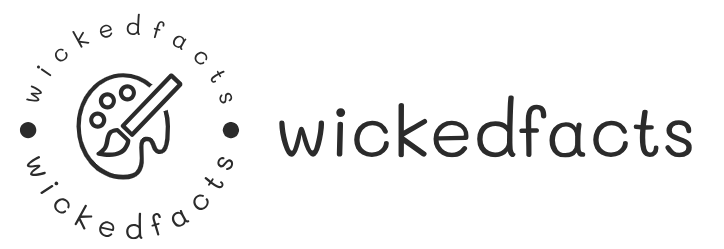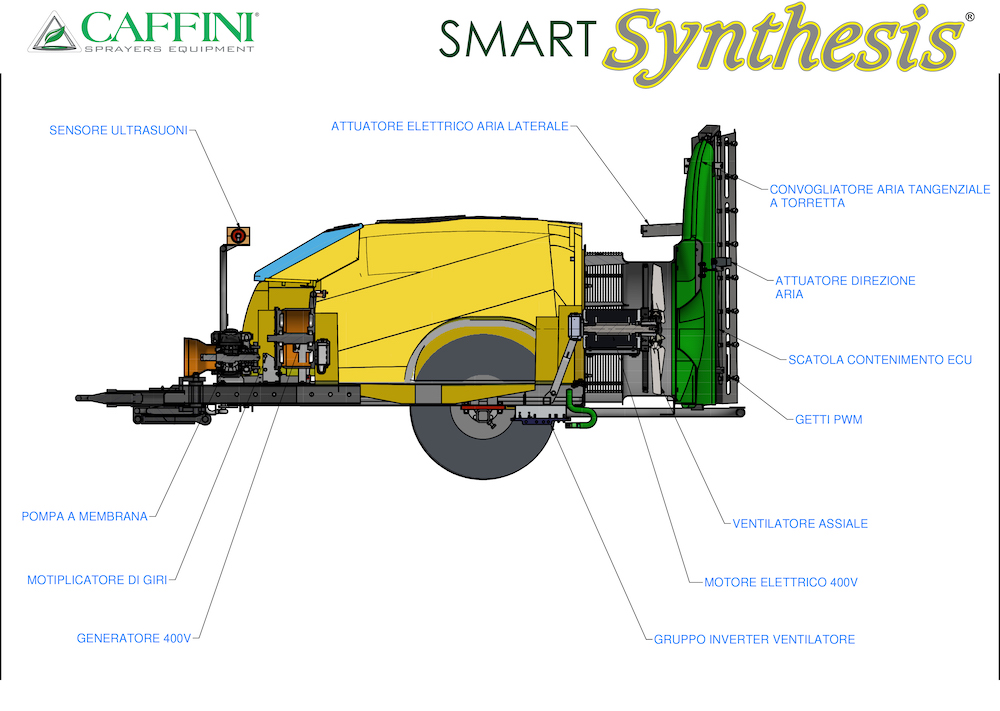
The world of digital art is exploding, and it’s no surprise. With powerful software and accessible technology, anyone can create stunning visuals. But where do you go to showcase your work, connect with other artists, and find inspiration? That’s where digital art websites come in.
I remember when I first started exploring digital art. I was fascinated by the possibilities and the freedom to create anything I could imagine. I spent hours learning new techniques and experimenting with different software. But I soon realized that I needed a place to share my work and connect with other artists. That’s when I started exploring digital art websites. I was amazed by the talent and creativity I found there, and I was inspired to keep creating.
There are many different types of digital art websites, each with its own unique focus and features. Here are a few of the most popular categories:
-
Portfolio Websites: These websites allow you to showcase your digital art portfolio. They often include features like custom domains, galleries, and contact forms. Some popular portfolio websites include Behance, ArtStation, and DeviantArt.
-
Art Marketplaces: These websites allow you to sell your digital art. They often include features like online stores, payment processing, and marketing tools. Some popular art marketplaces include Society6, Redbubble, and Fine Art America.
-
Community Websites: These websites focus on building a community of artists. They often include features like forums, chat rooms, and social media integration. Some popular community websites include DeviantArt, ArtStation, and
ConceptArt.org.
-
Learning Platforms: These websites offer online courses, tutorials, and resources for learning digital art. Some popular learning platforms include Skillshare, Domestika, and Udemy.
With so many
digital art websites to choose from, it can be overwhelming to know where to start. Here are some factors to consider when choosing a website:
-
Your Goals: What are you hoping to achieve with your digital art? Are you looking to showcase your portfolio, sell your work, connect with other artists, or learn new skills?
-
Your Budget: Some digital art websites are free, while others require a subscription. Consider your budget and choose a website that fits your financial needs.
-
The Features: What features are important to you? Do you need a custom domain, a gallery, an online store, or social media integration?
-
The Community: Do you want to be part of a large and active community of artists, or do you prefer a smaller and more intimate community?
Once you’ve chosen a digital art website, here are some tips for making the most of it:
-
Create a Strong Portfolio: Your portfolio is your first impression, so make sure it’s well-organized, high-quality, and showcases your best work.
-
Engage with the Community: Connect with other artists, leave comments, and participate in discussions. Building relationships can help you to learn, grow, and get your work seen.
-
Promote Your Work: Share your work on social media, participate in contests and challenges, and reach out to potential buyers.
-
Be Patient: Building a successful online presence takes time and effort. Don’t get discouraged if you don’t see results immediately. Just keep creating, sharing, and connecting with others.
Digital art websites are a valuable resource for artists of all levels. They provide a platform for showcasing your work, connecting with other artists, and learning new skills. So, if you’re passionate about digital art, I encourage you to explore these websites and see what they have to offer. You might be surprised at what you discover!





